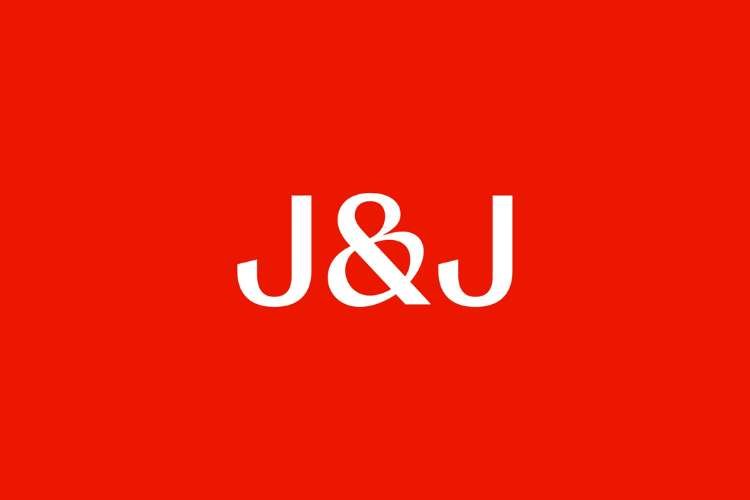In a high-stakes battle, Johnson & Johnson’s drug combination of Rybrevant and the Lazertinib, developed in partnership with Yuhan, has demonstrated a significant advantage in slowing the progression of newly diagnosed lung cancer compared to AstraZeneca’s Tagrisso. The closely monitored MARIPOSA trial revealed that this combination reduced the risk of disease progression or death by 30% in patients with newly diagnosed EGFR-mutant non-small cell lung cancer (NSCLC) when compared to Tagrisso.
The data from this groundbreaking trial were presented as a late-breaking abstract, with the full results scheduled for a forthcoming presentation during a presidential session at the European Society for Medical Oncology 2023 congress. These results have solidified the status of Rybrevant and Lazertinib as the new first-line standard of care for advanced NSCLC with EGFR mutations, marking a significant milestone.
However, the task of challenging the dominance of Tagrisso, which amassed $5.4 billion in sales last year, remains a formidable one. Doctors and patients have favored Tagrisso, not only for its efficacy in halting cancer progression but also for its potential impact on overall survival.
The Rybrevant-Lazertinib combination has displayed promise in extending patients’ lives, reducing the risk of death by 20% compared to Tagrisso. While this result is encouraging, it has not yet reached statistical significance. Nevertheless, the combination’s focus on progression-free survival (PFS) aligns with its mechanism of action, given that Lazertinib and Tagrisso are both small-molecule EGFR inhibitors, with Rybrevant serving as an EGFRxMET bispecific antibody targeting the EGFR escape pathway through MET.
Despite the promising PFS outcome, Rybrevant and Lazertinib face competition from Tagrisso in a chemo-free regimen. FLAURA2, a phase 3 trial, demonstrated that adding chemotherapy to Tagrisso could reduce the risk of progression or death by 38% over Tagrisso monotherapy in first-line NSCLC, extending the median PFS by approximately nine months.
The ongoing debate centers on overall survival, which doctors consider paramount. While MARIPOSA may not deliver statistically significant survival data at this stage, experts are closely monitoring the trends in survival curves and survival rates at key time points.
It’s worth noting that J&J’s combination has outperformed FLAURA2 in terms of the reduction in the risk of death, with a 20% improvement compared to Tagrisso alone. A significant factor to consider is the convenience and tolerability of Tagrisso, which is administered orally and boasts a favorable side effect profile. In contrast, Rybrevant is administered via infusion, currently approved by the FDA for a specific subset of NSCLC cases characterized by EGFR exon 20 insertion mutations. Frequent infusions and potential toxicities have posed challenges for some patients, making it essential to evaluate the balance between extended progression-free survival and overall quality of life.
While a few extra months before tumor growth resumes can be valuable, the ultimate decision often hinges on whether a treatment improves overall survival, reflecting patients’ preference for a higher quality of life.





























